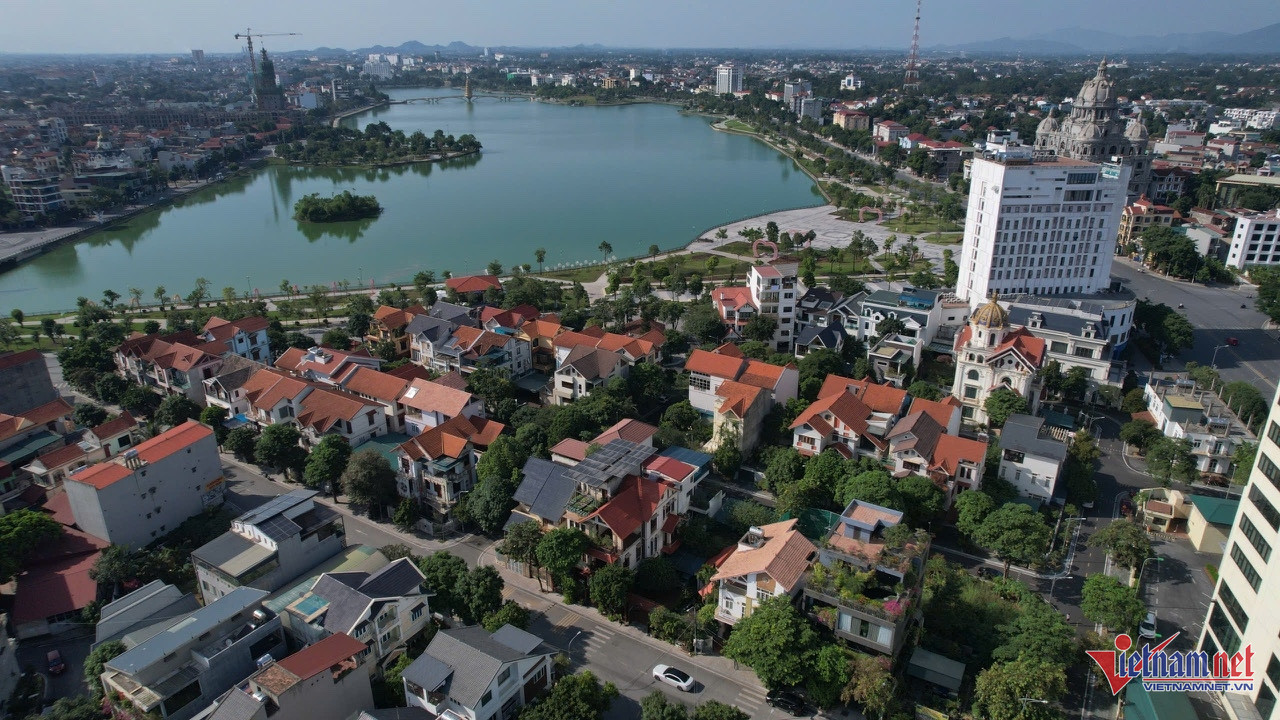Under a sweeping administrative reorganization, the provinces of Phu Tho, Vinh Phuc, and Hoa Binh are set to merge, accompanied by major reductions in the number of commune-level administrative units as Vietnam moves to eliminate district-level governance.

On April 17, the Steering Committee for Administrative Restructuring of Phu Tho province convened to review and provide input on the draft plan for merging Phu Tho, Vinh Phuc, and Hoa Binh into a single province, as well as a proposal to streamline commune-level units in Phu Tho.
According to the draft plan, the new Phu Tho province would be formed by consolidating the total natural area, population, and commune-level administrative units of all three provinces.
Post-merger, the new Phu Tho would cover over 9,400 km² and have a population of approximately 3.6 million people. Viet Tri City, the current capital of Phu Tho, is slated to remain the political-administrative center of the newly unified province.
Communal reorganization in each province
Under the commune-level reorganization plan, Phu Tho currently has 207 commune-level administrative units (comprising 180 communes, 15 wards, and 12 townships). After the restructuring, this number is expected to drop to 66 units - a reduction of 141, or 68.1%.
In Vinh Phuc, the Provincial Party Committee recently convened to discuss its own commune-level restructuring plan for 2025. The draft proposes consolidating the current 121 communes, wards, and townships into just 36 units (32 communes and 4 wards), reducing the total by 85.
Significant changes are expected in major localities. Vinh Yen and Phuc Yen cities will each shrink from nine administrative units to just two wards. In rural districts, Yên Lạc will be reduced from 16 units to five; Binh Xuyen from 13 to four; and Vinh Tuong from 20 to six new communes.
Meanwhile, in Hoa Binh, the provincial Department of Home Affairs presented its draft reorganization plan at a recent conference. After discussion, delegates reached a consensus to reduce the number of commune-level units from 151 to just 46, a cut of 69.5%.
Anh Tam